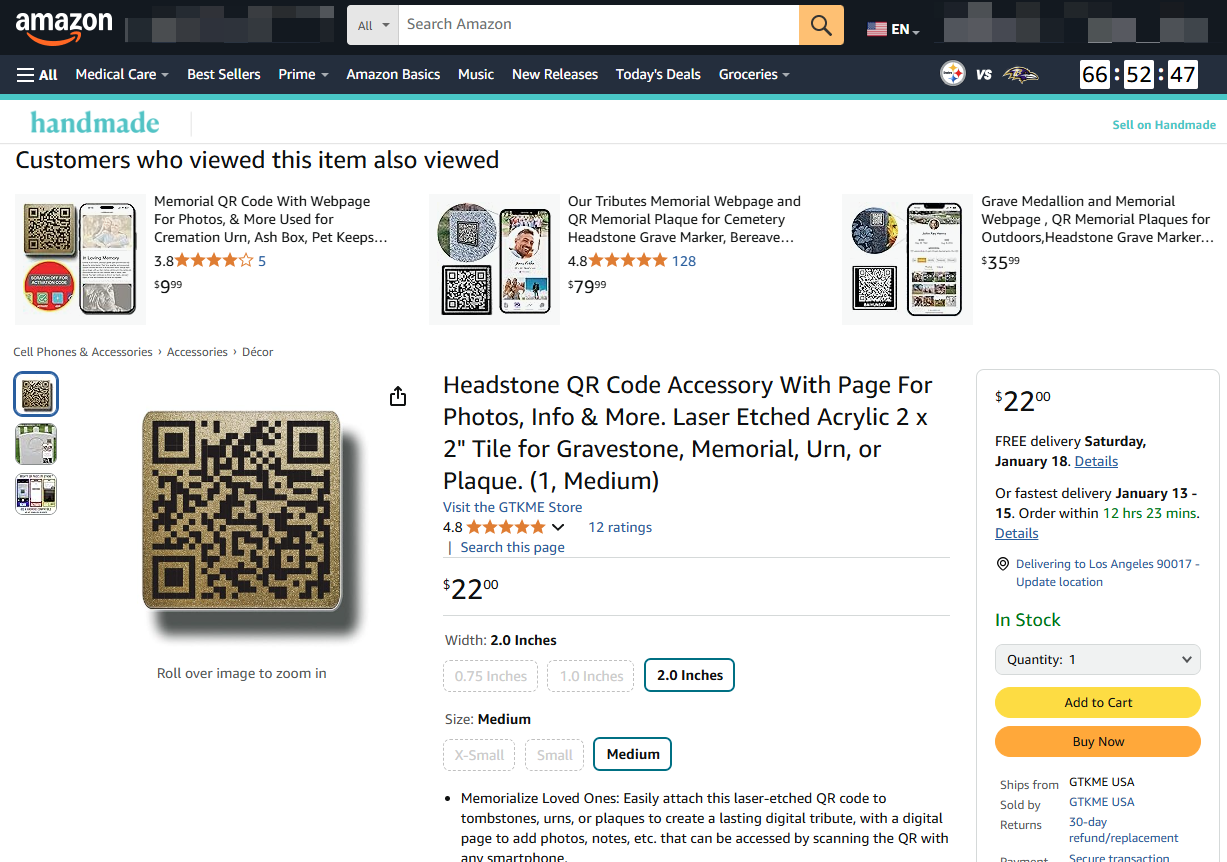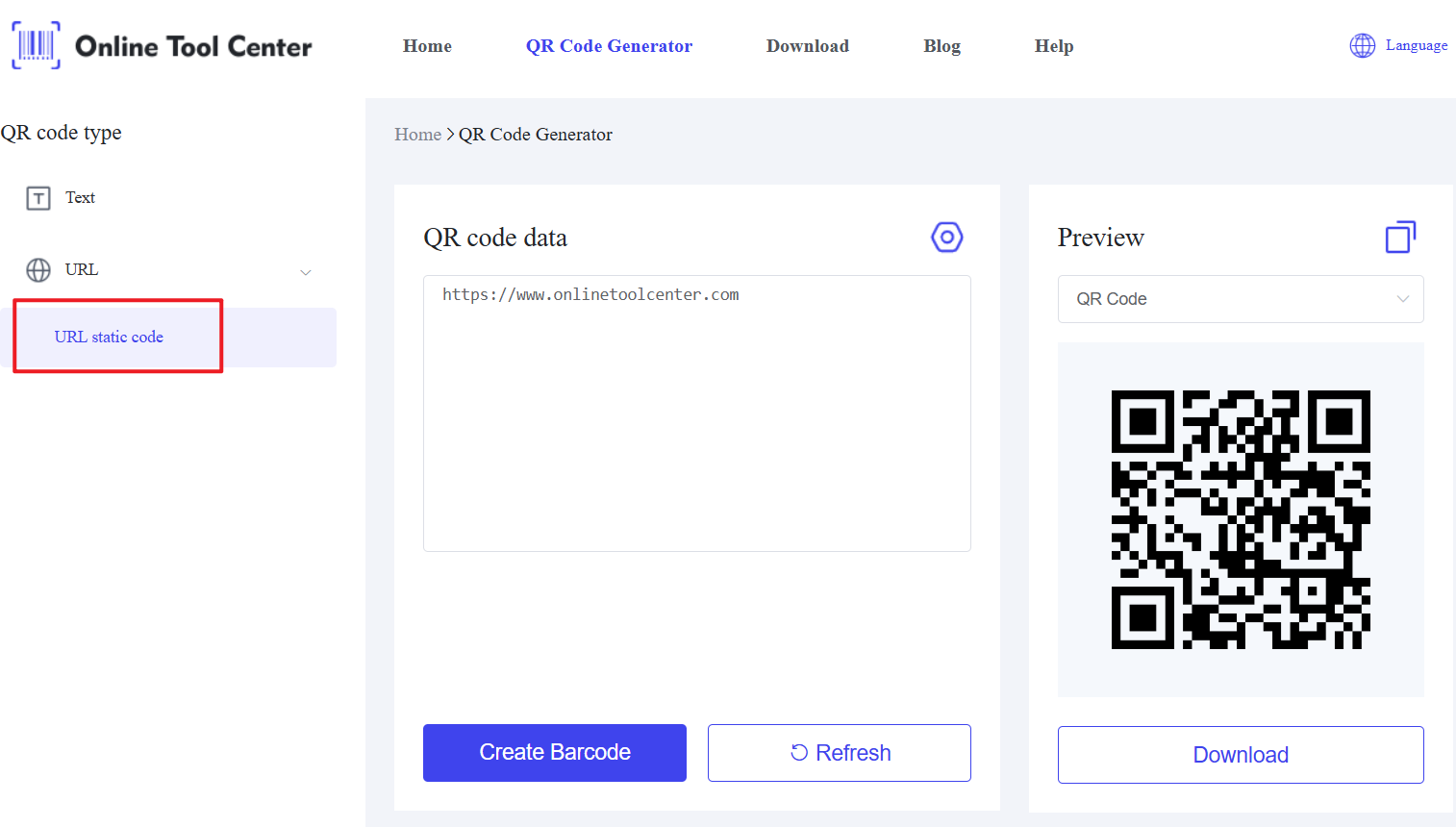Tile memorial QR code for photos is an innovative solution gaining popularity in today's digital era as we rethink how we remember and honor loved ones.
This technology combines a physical memorial tile with a scannable QR code, offering a unique way to keep memories alive in both digital and physical spaces.
In this article, we'll explore how tile memorial QR codes for photos work, how to create them, and the benefits they provide in preserving and sharing memories.
What is a Tile Memorial QR Code for Photos?
A tile memorial QR code for photos is a type of memorial where a scannable QR code is placed on a commemorative tile, often at a gravesite or in a home.
The QR code links to a digital photo, video, or message, providing a meaningful way for family members and friends to reconnect with a loved one's memory.
This technology allows for an interactive experience, where visitors can scan the QR code with their smartphones to view content like family photos, video tributes, or even read stories about the individual's life.
The tile memorial QR code for photos represents a modern evolution of memorials, blending tradition with technology.

Image source: Amazon
How Does a Tile Memorial QR Code Work?
QR codes are a type of two-dimensional barcode that can store information, such as links to websites, images, or videos. In the case of tile memorial QR codes for photos, the QR code is linked to a digital file that can be easily accessed through a mobile device.
Here's how it works:
Step 1: A QR code is generated that links to a photo, video, or website (such as an online memorial).
Step 2: The code is printed or engraved on a memorial tile, which is then placed in a gravesite or another memorial location.
Step 3: Visitors can scan the code using their smartphones to instantly view the linked digital content, bringing memories of the deceased to life.
This seamless blend of physical and digital content offers a deeper, more interactive way to remember loved ones, making it an increasingly popular choice for modern memorials.
How to Create a Tile Memorial QR Code for Photos
Creating a tile memorial QR code for photos is a simple process. Here's a step-by-step guide on how you can create your own memorial:
1. Select the Digital Content: Start by choosing the digital photo, video, or message that you want to memorialize. This could be a cherished family photo, a recorded tribute, or a collection of memories.
2. Generate the QR Code: Use an online QR code generator to create a code that links to your chosen content. Many websites allow you to upload your image or video and automatically create a scannable QR code.

3. Design the Memorial Tile: The next step is to design the memorial tile. These tiles are available in various materials, such as ceramic, granite, and metal.
When designing the tile, you can include the QR code, along with a name, date, and personal message. Make sure the QR code is large enough to be easily scanned.
4. Integrate the QR Code: Once the design is finalized, the QR code is printed or engraved onto the tile. This ensures that the code will remain scannable for years to come, even in outdoor or cemetery settings.
5. Place the Memorial Tile: Finally, place the tile at the chosen memorial location, such as a gravesite, wall, or inside a memorial space. Visitors can scan the code to connect with the digital tribute, creating a lasting experience.
Applications of Tile Memorial QR Codes for Photos
The tile memorial QR code for photos has many practical applications in different settings:
1. Gravesites and Cemeteries: One of the most popular places to use these tiles is at cemeteries. Memorial tiles with QR codes offer a way for visitors to connect with the deceased's digital legacy by scanning the code and viewing photos or videos.
2. Home Memorials: Families also use tile memorial QR codes for photos in their homes. A memorial tile placed in a living room or dedicated memorial space allows family members to reflect on their loved one's life.
3. Public Memorials: In some cases, tile memorial QR codes for photos are used in public spaces like parks, museums, or community centers. These digital memorials engage the public and offer a modern, interactive way to pay tribute.
4. Online Memorial Platforms: Many families opt to link their QR codes to online memorial websites where relatives can share memories, photos, and stories. These platforms often offer a space for ongoing tributes and interaction.
Enhancing the Memorial QR Code Experience
The tile memorial QR code for photos enhances the traditional memorial experience by combining physical and digital elements.
Visitors no longer have to rely on static plaques or inscriptions, instead, they can engage with dynamic, multimedia content that brings a loved one's memory to life.
By offering updates to the linked content, the memorial remains relevant and fresh.
New photos, videos, and messages can be added, creating a living tribute that can be passed down through generations. This ongoing connection helps keep the memories of loved ones alive.
The tile memorial QR code for photos is a way to create lasting memories in a digital world. It combines the tactile nature of traditional memorials with the interactivity and accessibility of modern technology.
Whether used at a gravesite, in a home, or in a public space, these memorials provide a unique and meaningful way to honor loved ones and ensure their legacy lives on, especially when created with an online free QR code generator for easy access and customization.




